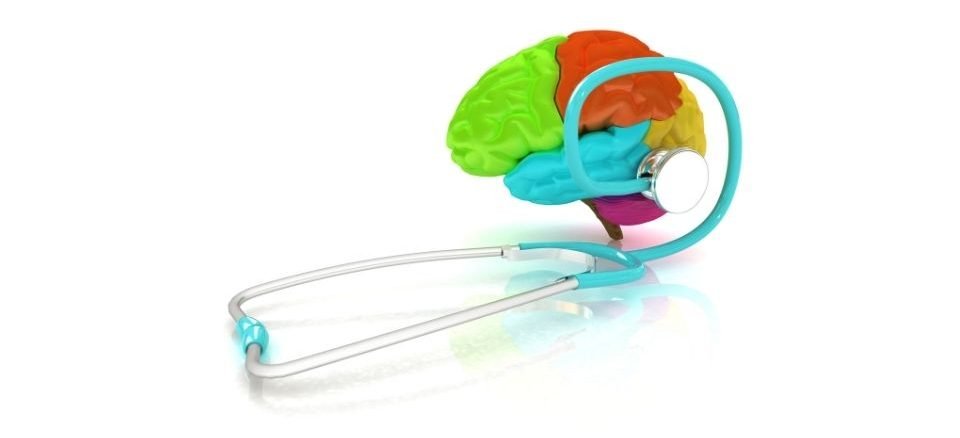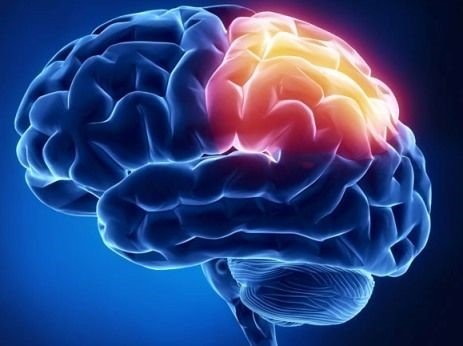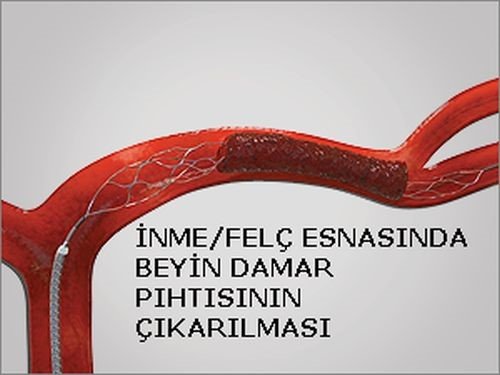


Stroke (Cerebral palsy)
Paralysis with symptoms such as speech disorder, temporary numbness in the arms and legs, and loss of vision requires urgent treatment. In patients who can be intervened in the first 6-8 hours and blood supply to the brain tissue can be restored, the paralysis can be completely recovered with little or no damage. Paralysis can show precursor symptoms. People with complaints such as speech disorder, temporary weakness in the legs, hands, arms, and numbness should be examined and permanent damage can be prevented with treatment applied according to the situation. Cerebral vessel occlusion is often caused by a clot.

In the MRI examination, which part of the brain is damaged and the circulatory disorder around it is evaluated. If it is decided that the patient will benefit from the opening of the occluded vein, a clot-busting drug can be given to appropriate patients by neurology specialists from the veins of the arm. At the same time, an angiography is performed urgently to determine which vessel is occluded. The clot is reached by angiography, and this clot can be taken out with a clot-removing stent and the vein can be reopened. If this treatment is done in the first hour and a half after the stroke, one in three patients will completely recover. When treatment is applied in the first three hours, one out of seven patients can fully recover after four and a half hours of treatment, and one in eleven patients can recover completely.


